Exhibition design
NOT BOXES, BUT EPHEMERAL ARCHITECTURES
GRAPHIC DESIGN /
COMPANY PROFILE
Often the approach of any graphic designer (yes, the same one of the other articles: the creative guy with the head in the clouds and tattooed arms) to exhibition design is the same as if he was dealing with a gigantic packaging: a supersized box to decorate, if not to fill with content and cool graphics.
This kind of approach can surely lead to an appealing and effective result on a local level; although for sure it doesn’t take into account of all the aspects that an exhibition project has to include. It lacks, in short, of a global vision.

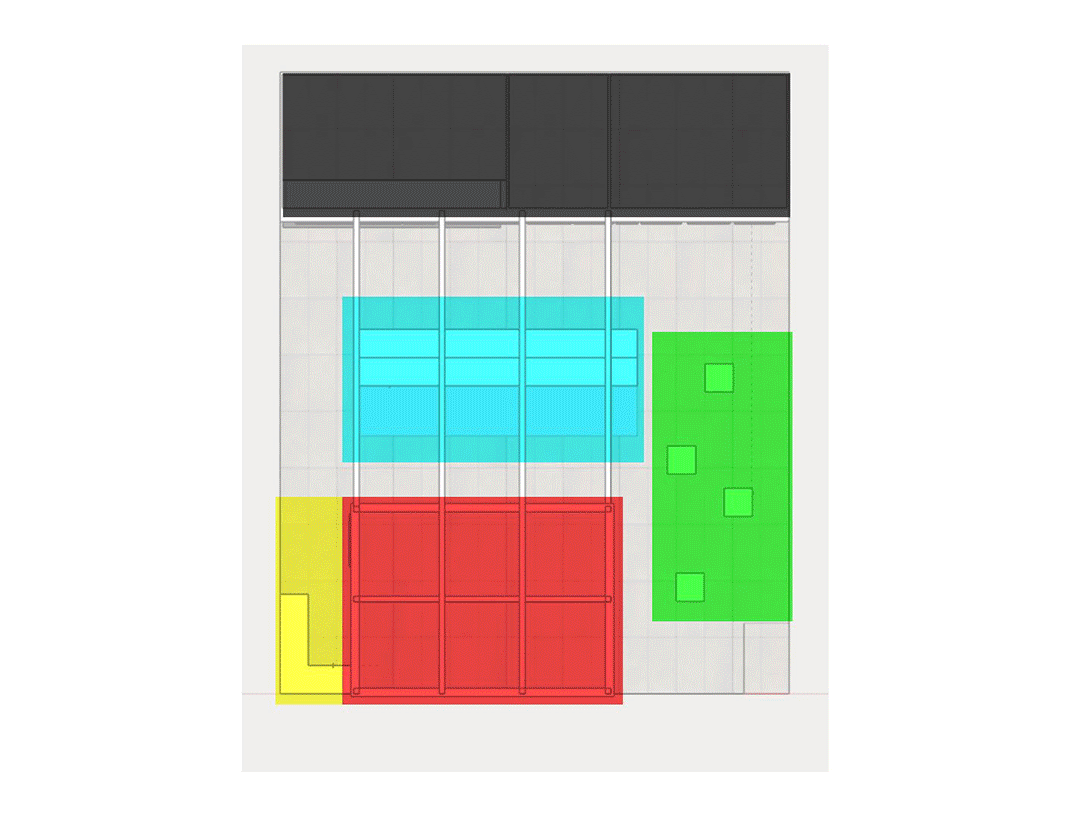
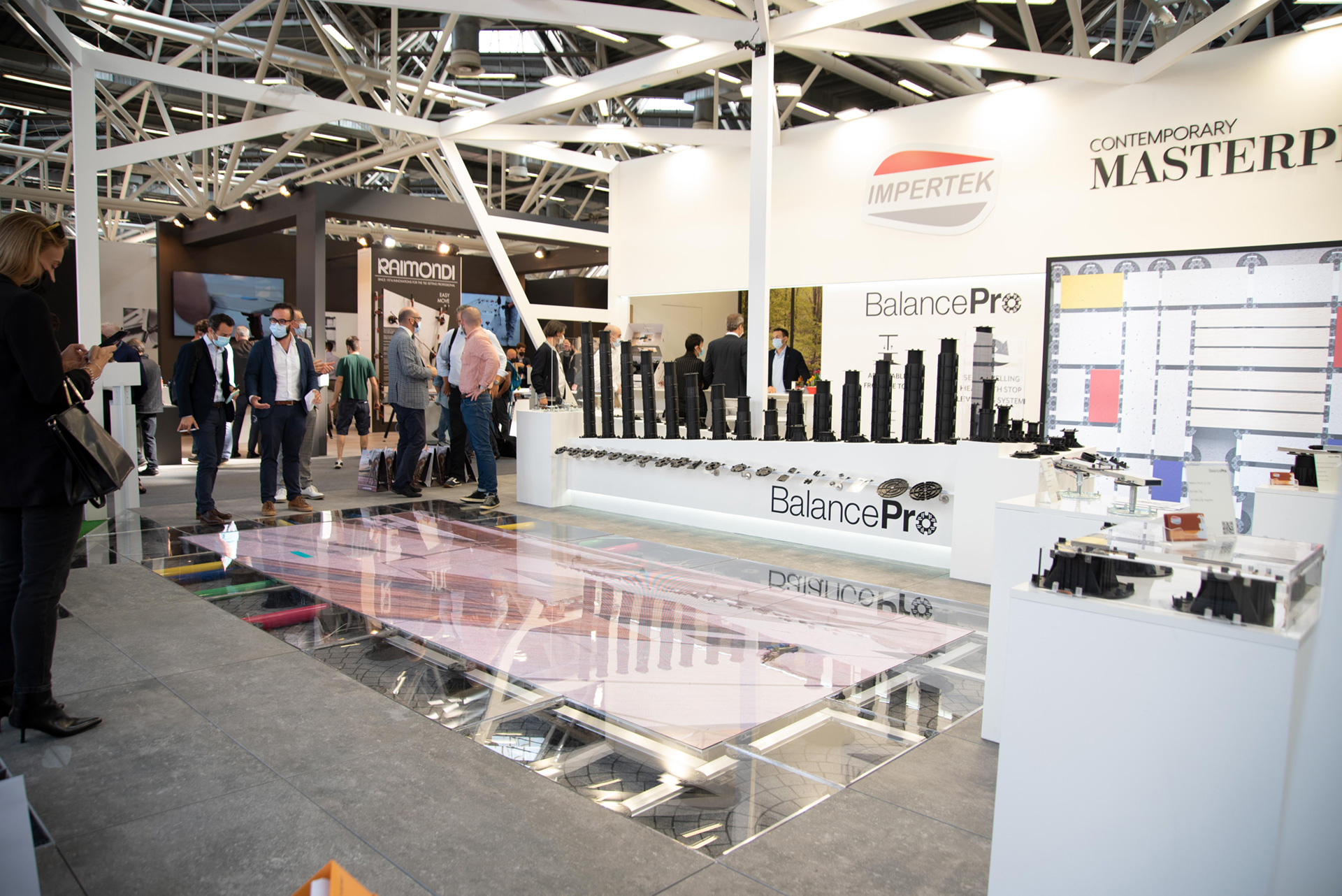
The thing that must always be kept in mind is that the exhibition concept must emphasize the objects on display, but also be calibrated in such a way as to strengthen the brand identity, without crushing it (if the installation is too “overbearing” compared to the brand identity) or dilute it (if vice versa the concept is too weak).
Once the spirit of the design, the general mood and the general impact of the experience of the visitor are defined, it’s time to concentrate on transferring and translating this concept into all the exhibition design elements.
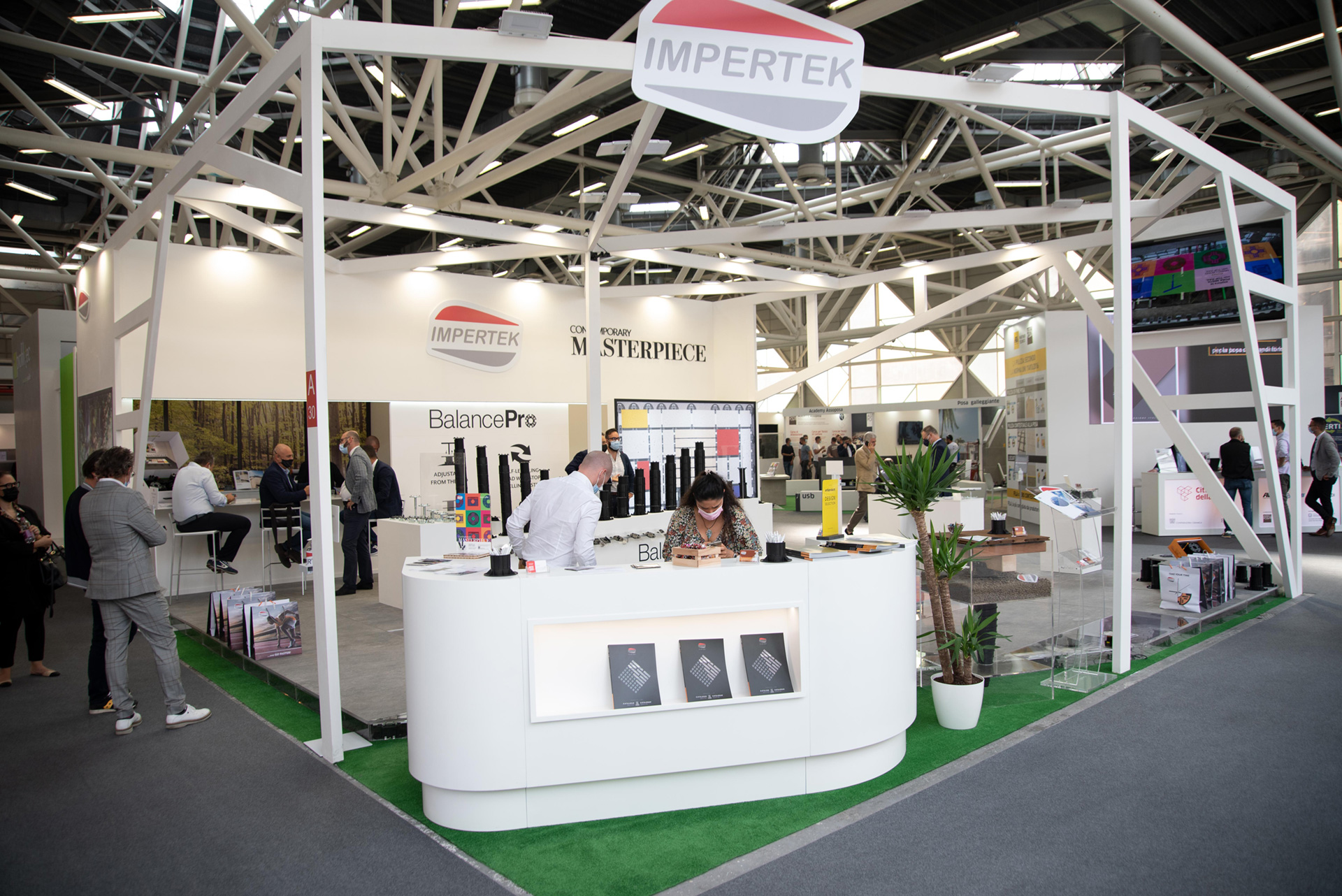
What about graphic design?
Graphic design, or rather visual communication, comes into play in two moments: at the beginning and at the end of the process. At the beginning, in the definition of the exhibition concept which defines -broadly speaking- how important will be graphics in the stand: are graphics going to play a main role (to create for example an immersive experience) or are they going to be minimal? Maybe are there some essential graphics that must be embedded in the design?
At the end of the process, the graphic elements are defined in detail, just before or parallelly to the definition of the architectural details.
Some other fundamental and often forgotten elements are lighting and styling.
Light in particular is greatly affecting how not only spaces are perceived, but also how the displayed objects are valued. Light can be used in a punctual, directional, spot or dim way in order to create some emphatic effects on a section of the stand or on a product; or vice versa it can be used in a diffused way.
Depending on the product category on display, it may be necessary to adequately calibrate the temperature of lights and the luminous flux of the lighting fixtures. In food fairs, generally speaking, there is a tendency to prefer warm lights (cold lights tend to give to the food an uninviting tone); jewellery needs lights with specific temperatures to maximize the colours and brilliance of the gems.
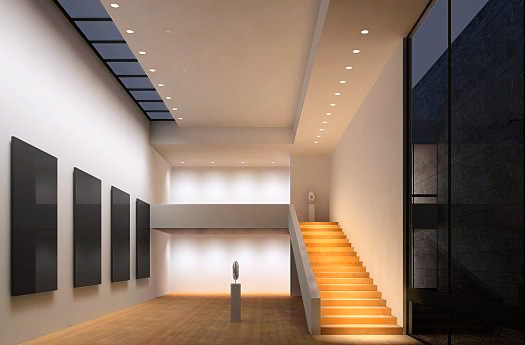
DIFFUSED LIGHT
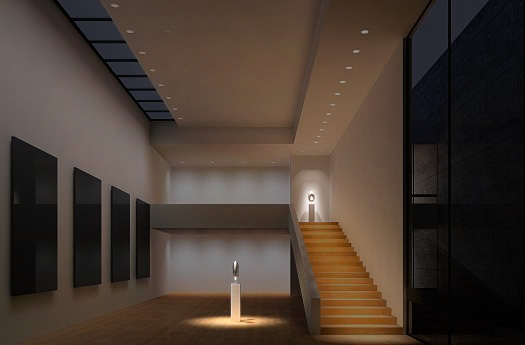
SPOT LIGHT

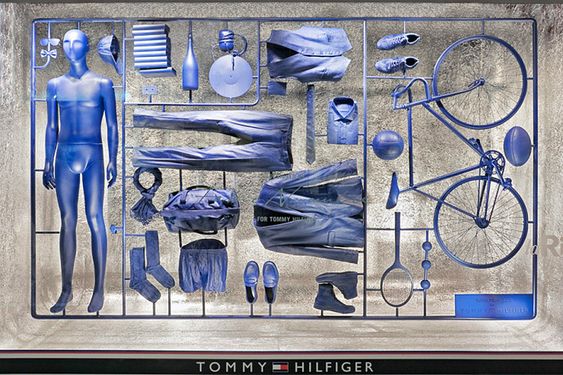
Follow all Visualcom updates on our Diary, on social channels and subscribe to our newsletter.
Do you have any question related to communication or marketing that you would like to answer? Write us your doubts and we will be happy to get back to you.

